What kind of algorithm can I use to search for an optimal (minimum area) covering of a limited region of the XY plane with n discs ( xj, yj, rj ) ?
I've found many investigations on fixed radius discs, but nothing about variable radius.
n is fixed but the discs can be placed freely (they're not in assigned positions and their centers are not required to be inside the region). The region is in general non-connected and non-simply connected (can be composed by multiple parts and can have holes). In my specific case is defined by multiple closed polygons (using odd-even filling rule).
To recap:
Input:
a limited area of the XY plane (e.g. described as a collection of closed polygons with odd-even filling rule)
an integer number
n> 0
Output:
- a list of
ndiscs described by centerx[i], y[i]and radiusr[i]so that every point of the area is contained in at least one disc
Minimizing:
- the area of the plane covered by the union of the discs
Example
In this example the input was the "A" shape. Ten points were placed manually and minimal circles covering the intersection of the area with the Voronoi cells were computed.
I'm currently investigating the approach based on just looking for the centers x[i], y[i] and computing the radiuses r[i] with this algorithm (search space is reduced by ℝn and always produces an acceptable solution).
